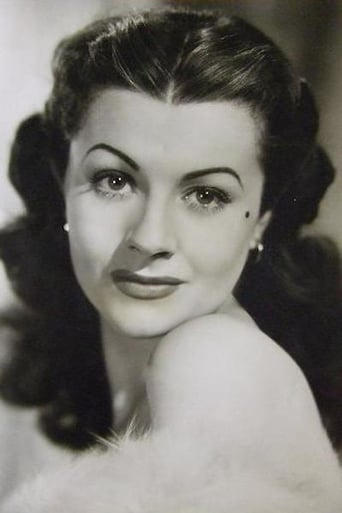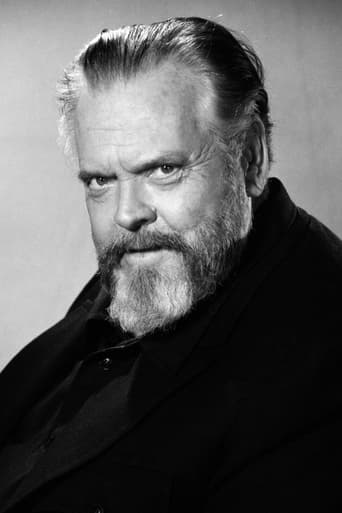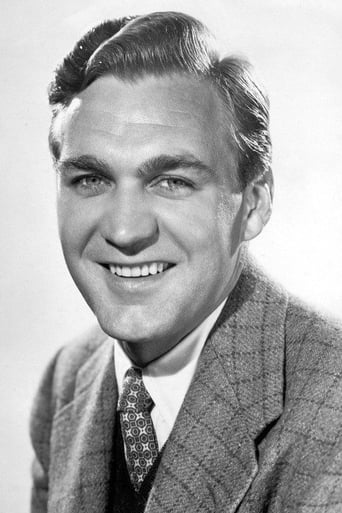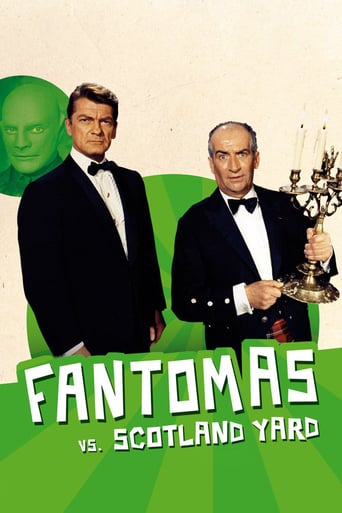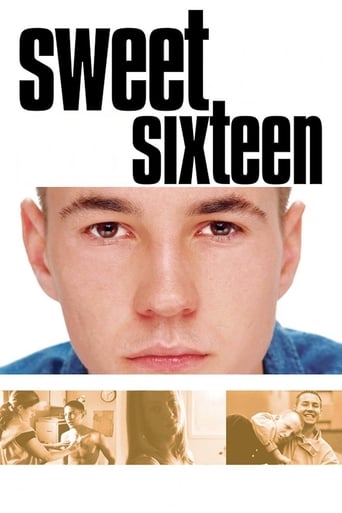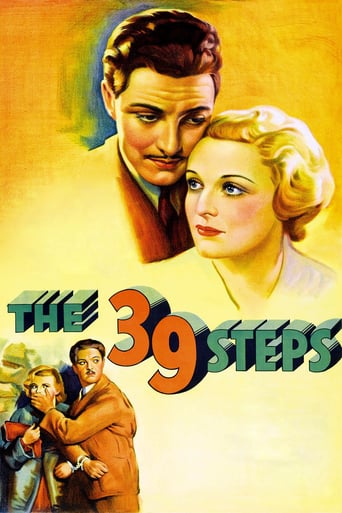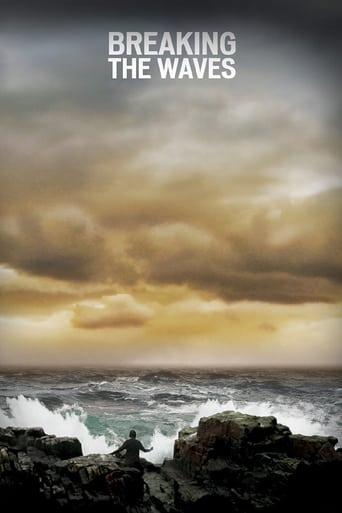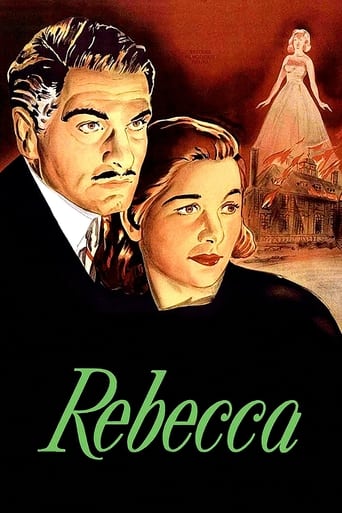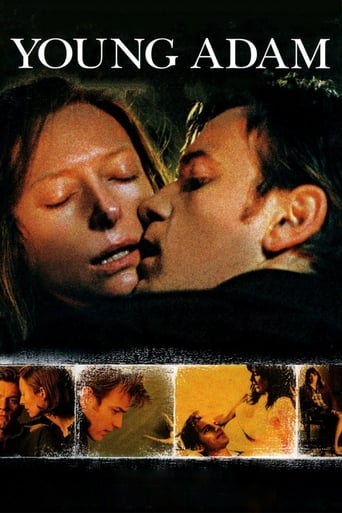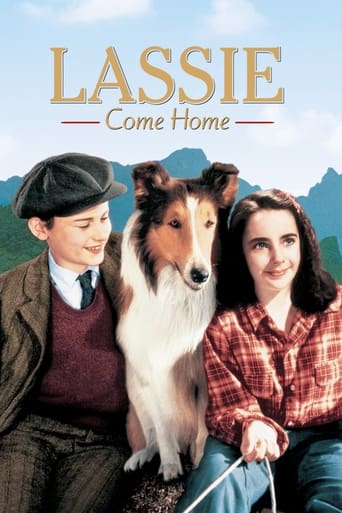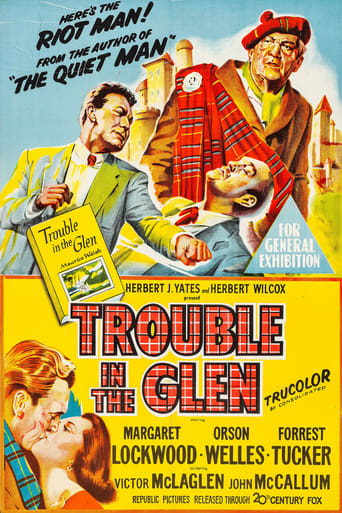
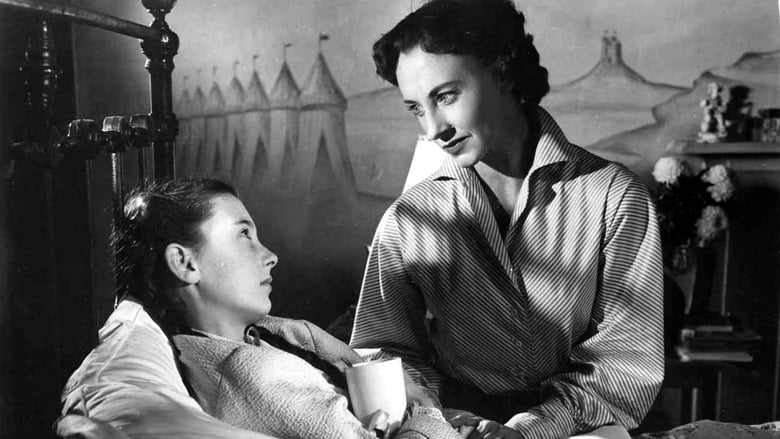
Trouble in the Glen (1954)
Major Jim "Lance" Lansing, an American ex-pilot of the U.S. Air Corps, returns to Scotland after the war and finds much trouble in the glen where he settles because of the high-handed activities of the local laird, Sandy Mengues, a wealthy South American who, with his daughter Marissa, has returned to the land of his forefathers. Led by Lansing, the people eventually prevail upon Mengues to restore peace to the glen, but not before a brief and unconvincing fight between Lansing and Dukes, the Mengues foreman. Written by Les Adams
Watch Trailer
Cast


Similar titles
Reviews
Although Orson Welles is prominently featured on the VHS box cover, Forrest Tucker and Margaret Lockwood are the leads here, together again after LAUGHING ANNE. Republic leading man Tucker headlined several solid westerns and war films throughout the 1950's, but this is far from his best. Definitely a poor man's THE QUIET MAN, as noted earlier, this film pales in comparison, only competently directed by Herbert Wilcox and featuring very little action---the 'climactic' fight leaves a lot to be desired, and the story moves along at a snail's pace. Welles hams it up delightfully, but he's barely on screen for ten minutes.Forgettable film; there's really not much going on here. Fans of THE QUIET MAN may be interested in this lesser work by the same author, but if you're looking for lots of comedy OR action, you'll be disappointed. To see Tucker and Lockwood in a more interesting film, check out LAUGHING ANNE (1954).
It all started with a fish. Wealthy South American Sanin Mengues has returned to the Scottish home of his forefathers and is Laird of the Glen. However his poor attempts at fishing frustrates his foreman Parlan to the point where he insults his boss and is promptly fired. This sparks a great unrest across the Glen and a standoff between the landowner and his employees ensues. Into the mix of this comes American Major Jim Lansing, returning after the war to find that he is now going to have to broker peace rather than make war.Following the success of similar films trading on Celtic/Gaelic "charm" and the like, this film was produced with quite an impressive (on paper) cast hoping to cash in. The problem is with the plot it isn't focused on Sanin Mengues so much as it is on Lansing, his little Scottish girl and his romances, and my gosh is it dull and sentimental. The stuff involving Sanin is at least boisterous and quite fun but this is mostly placed on the sidelines and it means that the film is mostly pretty boring. It wallows too much in unconvincing sentiment and relationships that don't ring true, producing a main plot thread that almost totally fails to engage in any way shape or form.The noisy plot thread involving Sanin is reasonably fun mainly because of a hammy piece of p*ss-taking from Orson Welles, who just seems to be enjoying himself in a different film from everyone else. He is comparatively terrible of course but at least he is funny. Lockwood is totally wasted in the film with nothing to do of any merit and, although she does try, there is a reason why few viewers would recall this film in her back catalogue. Tucker is wooden and dull, a fact not helped by how hilariously OTT Welles is. He may have third billing but he is the lead character and the film suffers as a result. McLagen is quite good and works well with Welles but the rest of the support cast are fairly average Scottish stereotypes.Overall this is a poor film that is built on a dull plot with big dollops of sentimentality. There are moments that are lively and funny but they are few and far between and certainly do not do enough to keep things interesting. If you're desperate for a dated piece of Celtic "charm" then by all means give this a go but I doubt many viewers will get anything from it.
Republic Pictures's biggest hit was "The Quiet Man", John Ford's Irish blarneyfest. Two years later its writer, Frank S Nugent, tried to work that magic on the Scottish Highlands. But "Trouble in the Glen" only had the prolific hack Herbert Wilcox at the helm, and his winning streak with Anna Neagle had gone phfft.Lensed in sludgy brown Trucolor, "Trouble in the Glen" plays like an Ealing comedy sans asperity, fading quickly into the Celtic twilight from which Brigadoon rises once a century. Orson Welles is a returning laird whose years in South America presumably explain his swarthy skin tones if not his blue-grey bouffant wig. Welles was already a podgy Hollywood outcast wandering the European co-production badlands, scrounging, spending and sometimes shooting: he was between "Othello" and "Mr Arkadin" at this juncture. He relies on his magnificent organ voice and eyes that gleam in the gloom (as in "Jane Eyre") to sustain his turn as a tyrant, at odds both with his glenfolk tenantry and with a roving gang of tinkers. The head "tink" is the terminally fuddled Victor McLaglen, another Ford veteran.Stuffing casts with faded US talent to win a Stateside circuit release was standard operating procedure for the struggling Britflick biz of the early 1950s. Besides Citizen Kane and Sgt Quincannon, "Trouble in the Glen" toplines the colourless Forrest Tucker. Like John Wayne in "The Quiet Man", Nugent makes him a Yank on a sentimental journey. Like Wayne, he banters or scraps with the locals and tames a spirited filly: Maggie Lockwood, the laird's daughter, in reality four years older than Orson! Her cut-glass accent matches neither Welles's nor the area's Scotch English. There is also a winsome, bedridden little girl for Tucker to set on her feet.The subplot concerns unjust suspicions that the tinkers stole a deer. Has there ever been a movie in which gypsies or traveling people actually did the crimes of which they are accused?
Actually videoed and watched this film 'cos the film review book I was flicking through said it had the "most garish colour ever committed to celluloid". Well I have to say that it isn't so bad after all. And it's something that I wish was made more often today, a harmless and interesting diversion from life's problems, just sit back and forget about it all. Other films like this are John Wayne westerns and 50's film noir B movies. All are totally watchable if you are truly prepared to switch off from the year 2002, and more so than the contemporary offerings. Anyway, it's advertised as an Orson Welles film - he doesn't exactly spend a lot of time in it does he? ( Perhaps he was paid by the frame!)Interesting -- umm, 7 /10, agreed?, agreed!


